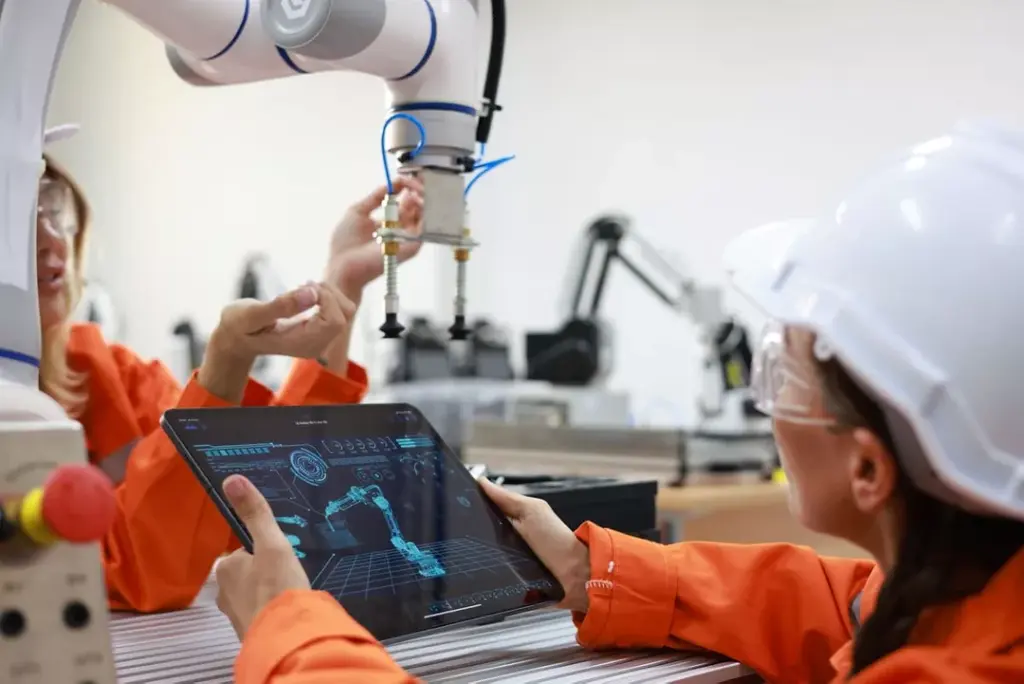
Worldwide installations of industrial robots reached a staggering 542,000 units in 2024, more than doubling the figures from a decade ago. This marks the second highest number of industrial robots installed in a single year in history. The data, released by the International Federation of Robotics (IFR) on September 25, 2024, indicates that total installations last year were just 2% lower than the all-time record set in 2023.
The surge in demand is largely attributed to the transition of numerous industries into the digital and automated age. According to IFR President Takayuki Ito, “The transition of many industries into the digital and automated age has been marked by a huge surge in demand.” This trend highlights the growing reliance on automation across various sectors.
Asia Dominates Global Robot Market
Asia continues to be the leading region for industrial robot installations, accounting for nearly three-quarters of the global total. China stands out as the world’s largest market, representing a remarkable 54% of global deployments with 295,000 new robots installed in 2024, the highest annual volume to date. Notably, for the first time, Chinese suppliers sold more robots than their foreign counterparts in the domestic market, increasing their market share from an average of 28% over the past decade to 57% in 2024.
In the second position, Japan installed 44,500 units in 2024, despite experiencing a slight 4% decline year-over-year. Projections suggest that demand for robots in Japan will grow at a low-single-digit rate by the end of 2025, with expectations of an acceleration to medium-single-digit growth in subsequent years.
The United States came in third with 34,200 installations in 2024, reflecting a 9% decrease from the previous year. The U.S. remains the largest regional market for robots, accounting for 68% of installations in the Americas. Most robots in the U.S. are imported from Japan and Europe.
Market Trends and Future Projections
In Europe, installations of industrial robots fell by 8% in 2024. Despite this decline, demand is being supported by recent efforts to nearshore more manufacturing within the European Union. Germany leads the European market and ranks fifth globally, having installed nearly 27,000 units in 2024.
Despite facing geopolitical and economic challenges stemming from conflicts in Eastern Europe and the Middle East, the IFR forecasts that global installations will grow by 6% in 2025, reaching 575,000 units. Projections indicate that installations could surpass 700,000 units by 2028. The IFR noted, “The robotics industry is not immune to global macroeconomic conditions, but there is no indication that the overall long-term growth trend will come to an end any time soon.”
While regional trends vary significantly, the overall trajectory for the robotics industry remains positive, reflecting a robust adaptation to automation across the globe.







